Category: Come Follow Me Currculum
-
“I the Lord have suffered the affliction to come upon them”
During an episode of the popular British Sci-Fi show, Doctor Who, the titular character confronts a woman who has engaged in a series of witch hunts in seventeenth century Britain. The witch hunter explains her view that she is required to: “Kill the witches, defeat Satan. As King James has written in his new Bible,…
-
“The constitution of this Land”
The attitude of Latter-day Saints towards the United States government has historically been paradoxical. As Dale Morgan wrote: “The Mormons had a profound respect for government and governmental forms, but disrespect for and outright distrust of ‘the damned rascals who administer the government.’”[1] Church leaders have encouraged beliefs that inculcate support for governments, yet we…
-
“Concerning the building of mine house”
The temples of the early Latter Day Saint movement were a place where several strands of Joseph Smith’s theology and doctrine were braided together. In the summer of 1833 (in the revelations we are studying this week for “Come, Follow Me”), we can see that braiding happening. Referencing some major topics we’ve already discussed this…
-
“That you may understand and know”
“The world is changed. … Much that once was is lost, for none now live who remember it. … And some things that should not have been forgotten were lost. History became legend. Legend became myth. And for two and a half thousand years, the [true Gospel] passed out of all knowledge. Until, when chance…
-
“A word of wisdom for the benefit of the Saints”
One of the paradoxes about the Word of Wisdom is that the name (drawn from the opening line of the text from the 27 February 1833 revelation) indicates that it is good advice while it’s treated as a commandment in the Church today. I’ve discussed this in detail in the past, so I’ll leave the…
-
“This is the light of Christ“
As one of Joseph Smith’s largest revelations, Doctrine and Covenants, Section 88 (or, as Joseph Smith called it, “the Olieve leaf which we have plucked from the tree of Paradise”) has a lot of different talking points. As historian Richard Lyman Bushman wrote: “Nothing in nineteenth-century literature resembles it. … The ‘Olive Leaf’ runs from…
-
“These two Priesthoods”
Words can be a bit slippery, particularly when we use them in different ways over time. Take, for example, the use of the word “ordinance” in the Church. In its most basic sense, an ordinance is an authoritative order; a decree or a piece of legislation (think of a city ordinance). It seems very possible…
-
“This is Elias”
In both the Vision studied recently (D&C 76) and the first revelation studied this week (D&C 77) there is a mysterious figure referenced as Elias. Throughout the remainder of his ministry, Joseph Smith would use this name-title to refer to individuals who served as forerunners with preparatory or restorative responsibilities. But, at times, it also…
-
“Bodies Terestrial and not bodies Celestial”
As I was working on my previous post, I had a thought I wanted to explore, but not enough space there: If we believe in eternal progression but also want to argue that there are limits to upward mobility in the eternities, we run into the question—why? Why wouldn’t it be possible to continue repenting…
-
“They cannot come worlds without end”
One of the methods that paleontologists use to understand the age of a fossil in relation to other fossils at a site is by looking at layers, or strata. The basic idea is that layers build up over time, with organisms becoming part of the sediment layers as the organisms die and get buried while…
-
Lit Come Follow Me: D&C 76: The Vision
Poetry for this week’s Come Follow Me lesson, D&C section 76, The Vision of the Celestial Kingdom — plus, was Joseph Smith a poet?
-
“Exhortation to the churches”
It can be easy at times, when studying the early history of the Church through the lens of the Doctrine and Covenants, to forget that there was a whole life and existence in the Church outside of the main gathering places in Ohio and Missouri. We spend so much time following Joseph Smith and his…
-
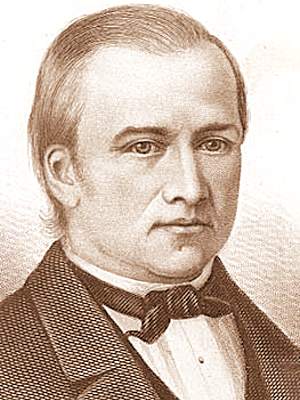
Lit Come Follow Me: D&C 71-75: Criticism, Consecration and Proclamation
Poetry for this week’s Come Follow Me lesson, D&C sections 71-75, addressing Criticism, Consecration and Proclamation
-
Lit Come Follow Me: D&C 67-70: The Lord’s Witness, Inspiration, and Parenting
Poetry for this week’s Come Follow Me lesson, D&C sections 67-70, addressing The Lord’s Witness, Inspiration, and Parenting
-
“When moved upon by the Holy Ghost”
At this point in the year, we’ve finally caught back up with the context of where we began—Section 1. The conference in early November 1831 (at which Sections 1, 67 and 68 were recorded) was focused on publishing the revelations that Joseph Smith had been—a project which would come to be known as the Book…
-
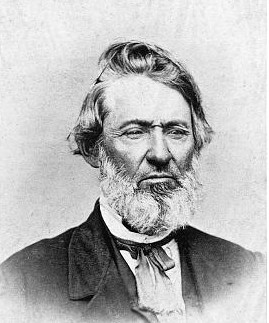
Lit Come Follow Me: D&C 64-66: Forgiveness, Zion’s Ensign and Our Thoughts
Poetry for this week’s Come Follow Me lesson, D&C sections 64-66, addressing Forgiveness, Zion’s Ensign and Our Thoughts
-
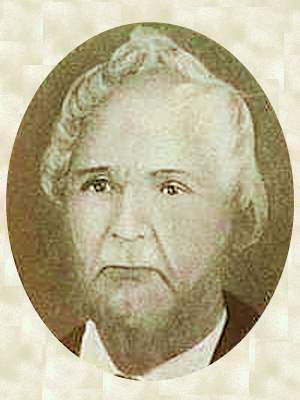
Lit Come Follow Me: D&C 63: Rebelliousness and Signs—The Lord is in Control
Poetry for this week’s Come Follow Me lesson, D&C section 63, addressing rebelliousness and signs, but concluding that the Lord is in control
-
Lit Come Follow Me: D&C 60-62: Missionary Work
Poetry for this week’s Come Follow Me lesson, D&C sections 60-62, addressing missionary work and the Lord’s support for us.
-
Lit Come Follow Me: D&C 58-59: Timing of Blessings, Sabbath Day
The end is always a new beginning. The arrival of the first Latter-day Saints in Independence, Missouri was both an end and a beginning. They accomplished the goal of gathering to Zion, but then realized that now they had to actually build Zion—a process that has, in a variety of ways, continued ever since. For…
-
Lit Come Follow Me: D&C 51-57 — Temporal Zion
By going in order through the Doctrine and Covenants, the Come Follow Me lessons sometimes show the concerns of the Church at a particular point in time. The seven sections included in this lesson are quite varied, but all demonstrate temporal concerns — where to put all the immigrants arriving in Kirtland, how members should…
-
“Whoso forbideth to abstain from meats”
It’s a well-known grammar joke that punctuation can save lives, since there is a difference between saying: “Let’s eat, Grandma!” and: “Let’s eat Grandma!” Punctuation and grammar do make a difference, as Oakhurst Dairy found out the hard way a few years ago. In a legal case about overtime for drivers and a state law…
-
Lit Come Follow Me: D&C 49-50 — Marriage, Falsehood & Edification
Poetry for this week’s Come Follow Me lesson, D&C sections 49-50, addressing marriage, identifying falsehood & edification through spiritual gifts.
-
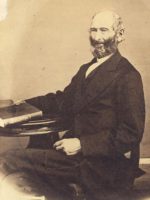
Lit Come Follow Me: D&C 46-48 — Welcome, Spiritual Gifts, History and Sharing
Poetry for this week’s Come Follow Me lesson, D&C sections 46-48, addressing being welcoming, spiritual gifts, keeping a history and sharing the lands we own.
-
Lit Come Follow Me: D&C 45 — Standards and Zion
Poetry for this week’s Come Follow Me lesson, D&C section 45, addressing the raising of gospel standards and establishing Zion.
-
“Provide for him food & raiment”
As a missionary, I occasionally found myself in the uncomfortable experience of listening to my companions talking about how proud they were to be part of a Church where every calling is performed on a voluntary basis, with no compensation—from the top leaders on down to the local level. My discomfort was caused because, in…
-
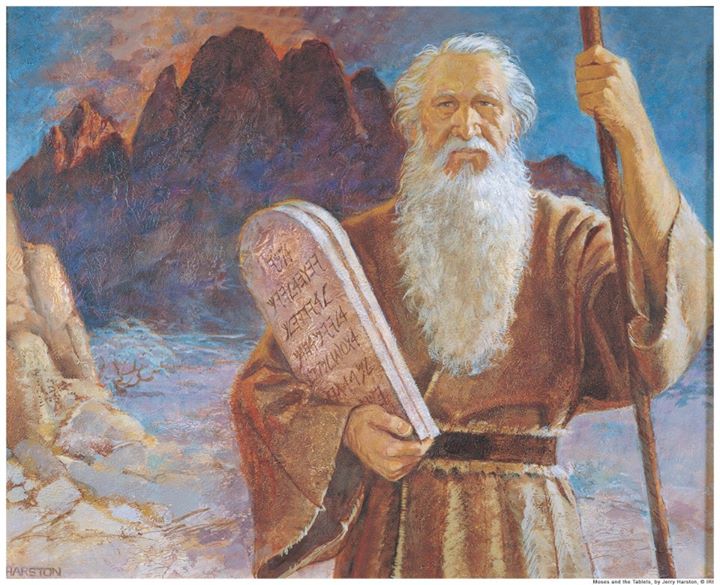
Lit Come Follow Me: D&C 41-44 — Law, Consecration and Revelation
Poetry for this week’s Come Follow Me lesson, D&C sections 41-44, addressing the law, consecration for supporting the poor, and the role of revelation.
-
“Endowed with power from on high”
The revelations we are studying this week continue with themes found in revelations from throughout 1830, such as an imminent Second Coming and the gathering, but also set up an expectation for an endowment of power that would be an important theme for much of the remainder of Joseph Smith’s ministry. After the conversion of…
-
Lit Come Follow Me: D&C 37-40 — Gathering, Fears and Cares
Poems about the Gathering, preparation in order to ally our fears, and the cares of the world, to accompany the Come Follow Me lesson for April 12 to 18.
-
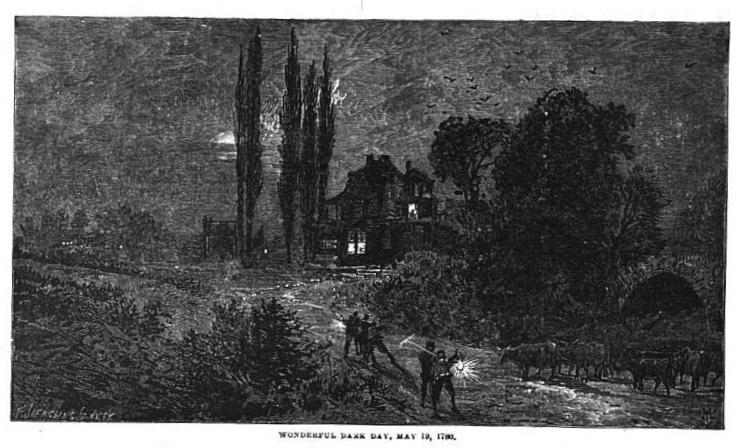
“The time of my coming”
For several days odd signs had been showing—the sky was yellow and the sun was red. Suddenly, the sky darkened further. Animals ran for cover. When seen, the moon was red and soot was seen to be floating in the river. By noon it was dark, forcing people to light candles and wonder—was the great…
-
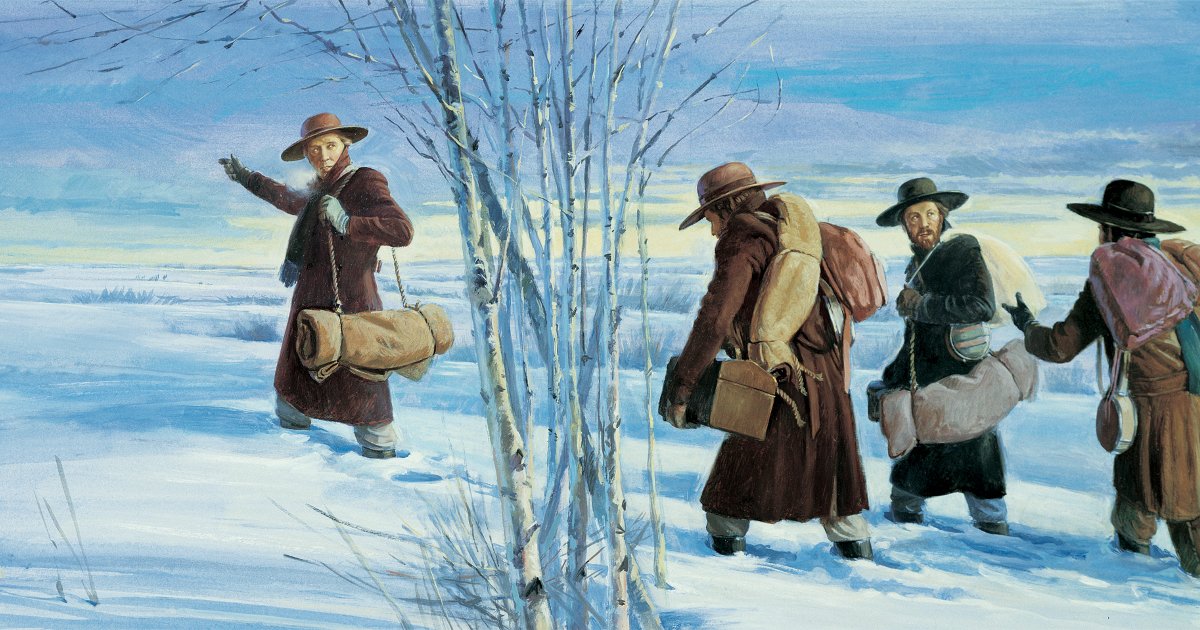
Lit Come Follow Me: D&C 30-36 — Missions and Family Relationships
The seven sections of the Doctrine and Covenants covered by this week’s Come Follow Me lesson discuss, in general, missionary work and the subsequent benefits of membership in the Kingdom. The first five of these sections include missionary calls to David Whitmer, Peter Whitmer Jr., John Whitmer, Thomas B. Marsh, Parley P. Pratt and Ziba…
